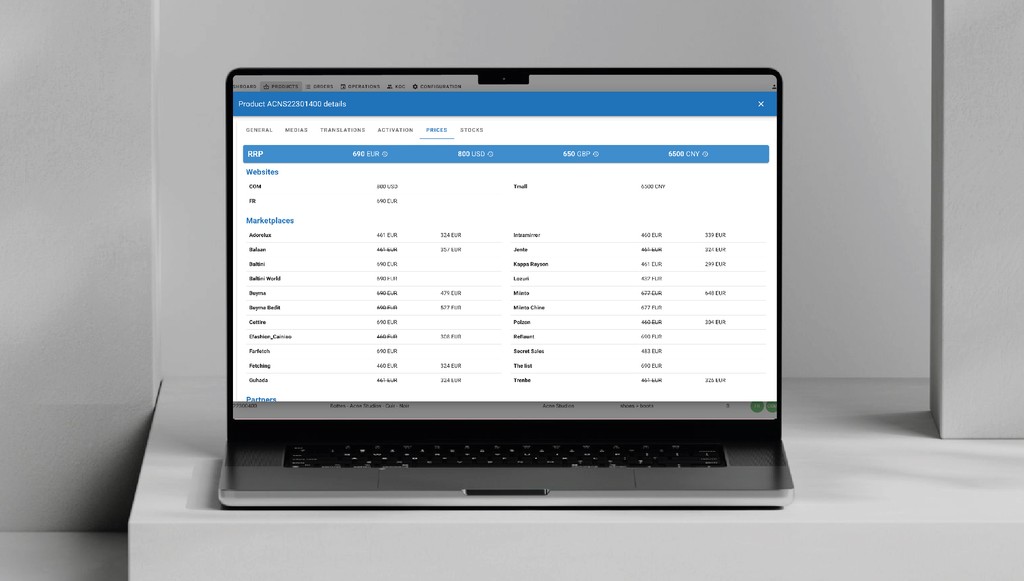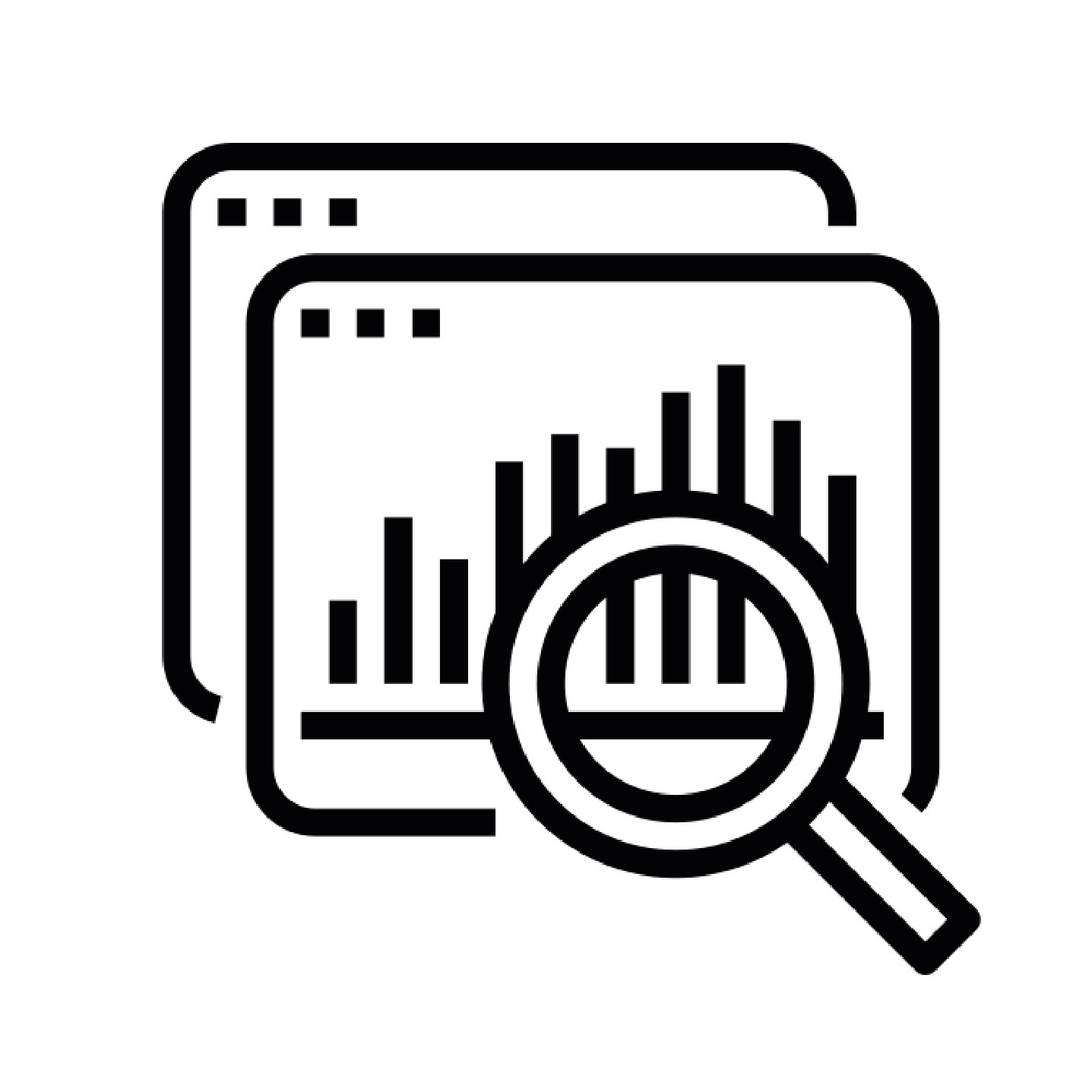PimpUp your PIM
Supercharge your product data.
Your Omnichannel backoffice. AI ready.
PIM+OMS+WMS+TMS. 100% ,integrated.
Simplify complex processes in just minutes.
PimpUp your PIM.
A consolidated system is more adaptable to business growth and changes.
As the business expands, adding new functions or users is easier in a unified system. In contrast, a multiple brick setup may require complex integrations or even the addition of new systems, leading to potential disruptions and increased costs. The flexibility of a consolidated back office allows for smoother scaling and adaptation to new business requirements.
Centralized management of data and processes enhances security and compliance efforts.
In a consolidated system, it’s easier to enforce company-wide security policies, monitor access, and ensure compliance with regulatory requirements. A multiple brick setup, with its fragmented nature, can create security gaps and make it harder to track and manage compliance across different systems.
A unified back office fosters better collaboration among teams, everyone working within the same environment and has access to the same data.
This shared platform enhances communication and reduces friction between departments. Additionally, a consolidated interface provides a more cohesive user experience, reducing the learning curve and improving user satisfaction.
In a consolidated back office, all processes and data are integrated into a single platform, eliminating the need to manage and reconcile multiple systems.
This reduces redundancy, minimizes manual work, and streamlines operations across the organization.
Teams can access all information from one interface, improving workflow efficiency and enabling faster decision-making.
With a consolidated setup, data is centralized, ensuring that all departments work from a single source of truth.
This minimizes the risk of data discrepancies that often arise in a multiple brick setup where data is scattered across different systems. Consistent and accurate data improves reporting, analytics, and overall business intelligence, allowing for better strategic planning.



























